More than 100 marijuana dispensaries, run out of gas stations and wooden shacks, have opened on Native land while New York State awaits its first official retail licenses.
From New York Times by by Jay Root and Jesse McKinley October 4 2022
SALAMANCA, N.Y. — In a mostly rural patch of western New York, tiny wooden shacks hawk ounces of “Devil’s Lettuce” for $80. Gas stations that double as dispensaries dole out free joints with every 10 gallons purchased.
At the Good Leaf dispensary in Salamanca, about 60 miles south of Buffalo, a neon billboard flashed prices for “Platinum Gushers” — marijuana selling at $350 an ounce.
New York State, which legalized recreational marijuana last year, is only now about to start reviewing applications for licenses for its first retail dispensaries. But many tribes in the state have decided not to wait.
Tribes from eastern Long Island to western New York are taking advantage of the state’s leisurely rollout of recreational marijuana licenses, giving them a foothold in a potential multibillion-dollar market.
Tribes generally abide by state laws, but have, on occasion, asserted their claims to sovereignty to interpret the laws in their own fashion. So when the state legalized marijuana sales in March 2021, some tribal members took that as a green light to immediately open dispensaries, even as their tribal governments — seeing a potentially lucrative revenue source — started formulating regulations and rules, far ahead of the state.
Those early adopters include remote tribes like the St. Regis Mohawks on the Canadian border, where nearly a dozen tribe-licensed retail operations are open, in addition to other unlicensed operations, selling out of shipping containers and other makeshift shops.
There are also more suburban groups, like the Shinnecocks on Long Island, who announced plans in July for a 5,000-square-foot dispensary opening in early 2023 on tribal territory in Southampton, N.Y., long a summertime playground for the well-to-do. State-licensed dispensaries are likely to be open in the city before then.




Credit…Photographs by Maddie McGarvey for The New York Times
Smaller tribes like the Cayuga in central New York have also permitted sales, doing business out of the backs of gas stations, which have long been a reliable source of income for tribal governments. They are also preparing to open a gleaming new dispensary southwest of Syracuse on the edge of Cayuga Lake, the longest of the Finger Lakes.
And last month, the powerful Oneida Nation — which runs the successful Turning Stone casino and resort just west of Utica — announced that it, too, would enter the pot business, promising a 50,000-square-foot cultivation and production facility, with retail dispensaries to follow.
For tribes entering the market, cannabis offers a chance at a reliable source of revenue, currently free of any governmental interference — giving tribal-run dispensaries a window to sell and advertise marijuana in ways that the state intends to prohibit for its licensed retailers.
“Because we don’t need a license from the state, because we don’t have to have permission to enter in the industry from the state, we are a true, authentic Native American cannabis business,” said Chenae Bullock, a Shinnecock member who serves as the managing director of Little Beach Harvest, the tribe’s fledging marijuana business. “This business is going to not only provide jobs, and establish careers in an industry, but also have business-to-business with other tribal members.”
So far, state officials have adopted a distinctly hands-off approach to tribal operations.
“What’s happening on tribal lands right now, it’s outside our purview,” said Chris Alexander, the director of the New York State Office of Cannabis Management, adding, “That’s their land.”
As part of the 2021 budget deal, New York legalized recreational marijuana use after years of debate in Albany, joining a growing roster of states where the drug is legal (though federal authorities still view it as illegal). Since then, however, officials in New York have been criticized for their deliberative pace in setting up a marijuana marketplace, even as other neighboring states — including New Jersey and Massachusetts — have established dispensaries, raking in millions of dollars in tax revenue.
Mr. Alexander rejected the notion that the state has been too cautious in getting into the market.
“I’m actually really proud of the operation that we have here,” he said, noting that the state granted cultivation licenses in April. “And how quickly we’ve been able to get licenses out the door.”
Still, some entrepreneurs have charged ahead and are selling marijuana without state approval from converted food trucks, drawing attention from the police.
Some Nation leaders have similarly been frustrated by members’ opening dispensaries without tribal licenses, leading to battles in tribal court and bad blood in often tight-knit communities. Tribes typically take fees for sales on their lands and have complained — as on St. Regis’s lands — when unauthorized facilities open, saying that such operations are depriving fellow tribal members of badly needed revenue that could be used for health, education and elder care.
In the Seneca Nation territories, which encompass approximately 53,000 acres across five counties in a mostly rural patch of western New York, tribal officials believe there are more than 100 dispensaries on the Cattaraugus and Allegany territories near the Pennsylvania border, sprouting like mushrooms after an autumn downpour.
Ross John and his son, Jay John, run Good Leaf Dispensary out of a converted gas station in Salamanca, which, according to the tribe, is the only U.S. municipality sitting on land leased from Native people.
The dispensary draws traffic from Interstate 86, barely a half mile away, and the Seneca Allegany Resort & Casino just on the other side of the highway. A planned highway billboard could draw even more customers.
But the Johns are thinking even bigger. They see cannabis tourism — think winery tours but substitute weed for grapes — as the next frontier in the recreational marijuana economy. If all goes as planned, they soon will be booking guests at their White Pine Lodge, what they believe will be the first cannabis destination hotel operating in the open in New York State.

There are plans to shuttle their guests between the hotel and the casino, allow patrons to choose smoking (pot only) rooms and play video games — maybe even participate in Madden NFL and Call of Duty tournaments — in a so-called consumption lounge fashioned out of the hotel’s old dining room.
It’s progressing so fast they are planning to open this fall. The Johns, who keep the cannabis companies separate from their other businesses, have already installed an air purifier and have made the sign that will hang over the old breakfast bar: the “Good Leaf Express,” a nod to the hotel’s previous life as a Holiday Inn Express. Instead of offering cereal or sausage, though, they’ll be serving up weed-infused slushies, bong hits and an assortment of edibles.
“We’ve got a place for you to stay,” said Jay John. “We’ve got weed for you to smoke.”

In Cattaraugus County, whose borders contain most of the Seneca Nation territory, nearly half of the county’s municipalities have opted out and will not allow dispensaries, according to a tracker kept by the Rockefeller Institute of Government.
Timothy Whitcomb, the sheriff of Cattaraugus County, said his office had taken notice of the proliferation of tribal dispensaries in the area.
“There’s like this catch-up period where we try to figure out what we are now supposed to do with what has been made legal, what has not been made legal, and how the constituents respond, and what our what our recourse is going to be,” Mr. Whitcomb said.
The sheriff said that his office has “more pressing issues” — including “the fentanyl epidemic, prescription pills, and still heroin and cocaine” — while also trying to ensure he has deputies trained as drug recognition officers who can tell the difference between intoxicated drivers and those impaired by other substances.
The Native-owned dispensaries recognize that they will soon lose their exclusivity in New York: The state’s first authorized outlets for retail sales are slated to open by year’s end, using drugs grown by local farmers and storefronts operated by so-called social equity applicants, who have been convicted of a marijuana-related offense or seen a family member convicted.
The way state regulators see it, anything that touches the supply chain in New York, whether it’s buying marijuana from licensed growers or getting products tested in state-approved labs, is subject to the Marijuana Regulation and Taxation Act.




Credit…Photographs by Maddie McGarvey for The New York Times
The law could bring cannabis industry players on Native lands into compliance through compacts with the state. It also can penalize state entities trading with Native people without authorization.
Mr. Alexander, the state’s cannabis management director, said that he believed tribes would want to reach compacts with the state — even the Senecas, who have a long and fraught history with New York that includes bitter disputes over casino revenues, tobacco and gas taxation, and even a stretch of disintegrating highway.
“New York is going to be the biggest market in the world,” he said. “I would assume there’s a desire to be a part of this.”
Ross John believes the clock is ticking, and that once the state starts doling out licenses, sometime in early November, business will soon drop, and the heat from Albany will increase. He’s hoping he’ll have enough “breathing room” to launch a sustainable weed business before that happens.
“We feel comfortable that they’re not going to come and shove their guns down our throats,” he said. “We also know that we have to get moving.”








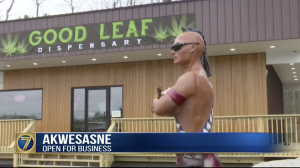
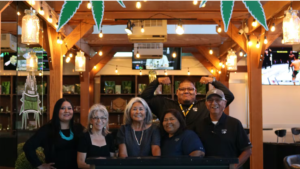

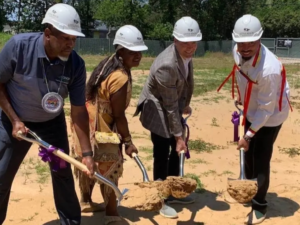


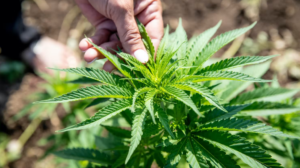
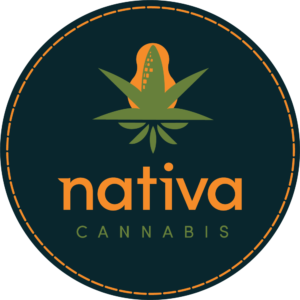

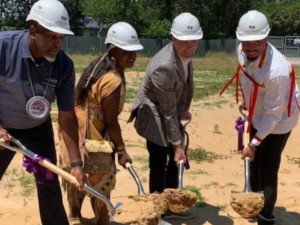

Comments are closed.